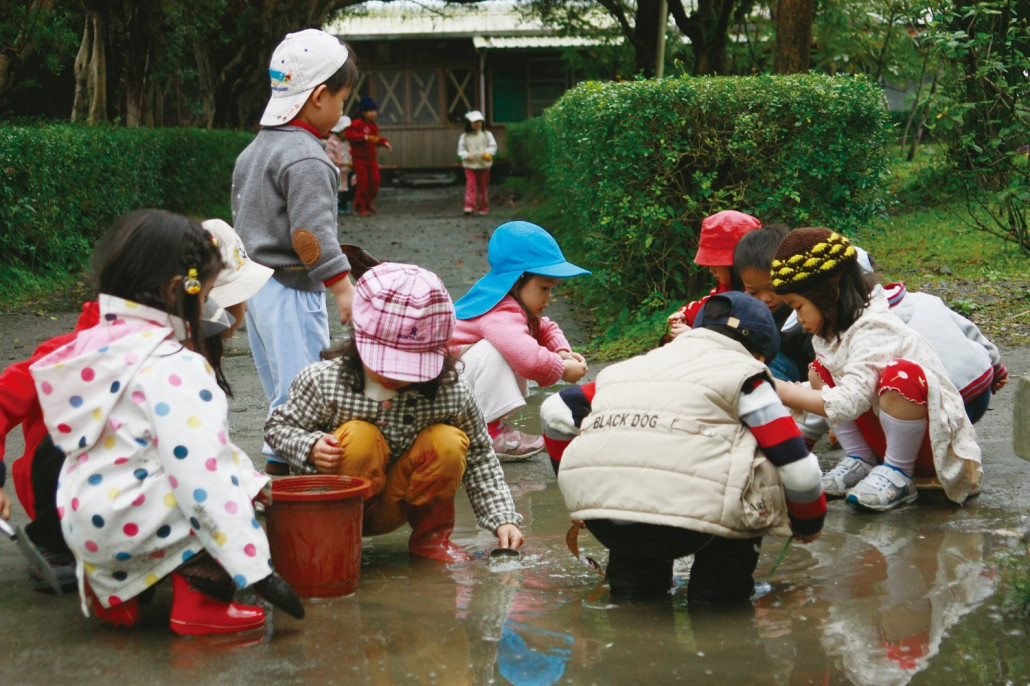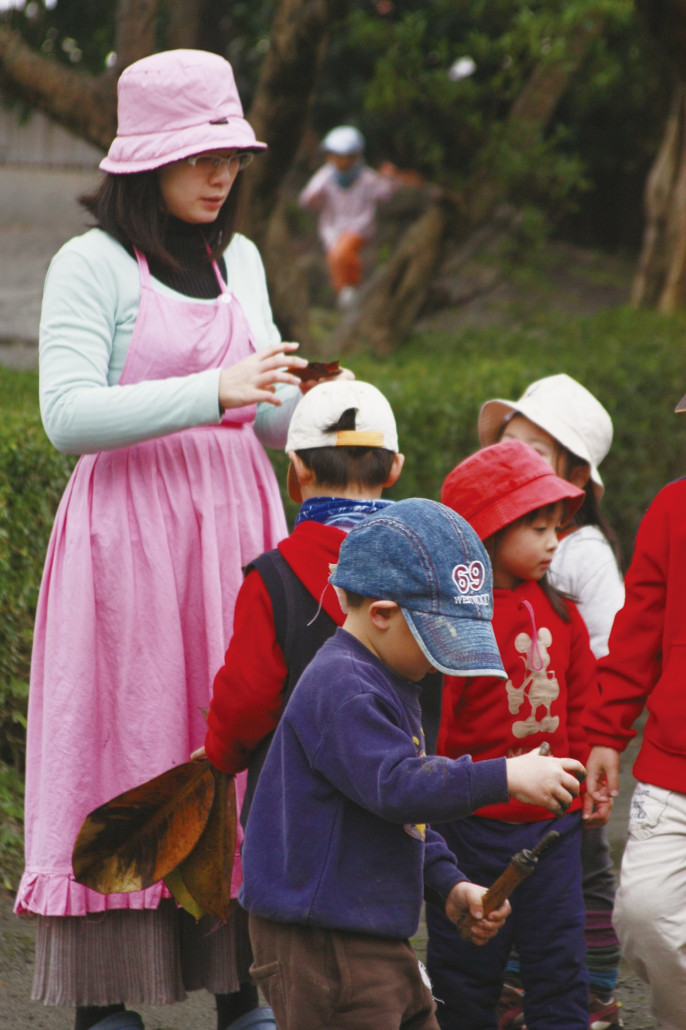Kids learn to build connections with the world in the pre-school stage and kindergarten is the first school for most kids. Then, what is the best starting point for pre-school education? When asked the question, many pre-school educators unanimously say: the nature. In this issue, Itʼs Oʼright will introduce two popular educational systems in Taiwan – Waldorf and Natural Way – to see how kids are guided to discover the rhythm of nature and learn to follow it. Now, letʼs go to class…with nature!
Waldorf Education – Every person is one of the kind

With more than 100 students, the Ci-Xin Waldorf Kindergarten in Yilan is the largest Waldorf educational institution in Taiwan. The Waldorf kidsʼ develop unlimited imagination through stories, and build their own individual relationship with the world. The most important part is that the kids experiencing the Waldorf education are able to emerge as a unique and ultimately free individual.


Learning by farming and reading
Beginning with the famous literary man Yuan-ming Tao, the combination of farming and reading has always been an essential part in the Chinese tradition. Hakka people further expand the idea and promote the practice of “farming in sunny days and reading in rainy days.” This effective use of time also reflects a rich and elegant lifestyle. Acknowledging the role of nature in the development of personality, the Waldorf education strongly advocates the combination of farming and reading.
Most of the Waldorf schools and kindergartens have their own organic gardens. The Waldorf gardens in big cities are mainly occupied by flowers and vegetables as well as domestic animals like chickens or rabbits. Unlike those in the city, the gardens in the countryside are usually larger and students can plant crops and even keep bees or big animals like cows and sheep. A typical day in a Waldorf kindergarten consists of going to the garden to water the plants, feed the animals, pick vegetables and collect eggs. Kids are also taught to make compost with fruit skins and leaves. As we can see, they are actually living instead of having lessons.


In addition to that, there is a “season table” in the corner of each Waldorf classroom. Children learn to decorate the table with colors that fit the season as well as some pretty stones and plants gathered from their daily walk. They also make special arrangements in the classroom for important festivals. The day is usually occupied by different sessions including indoor activities like singing, reading, playing and dancing as well as outdoor ones like the above-mentioned farming and other games. In a Waldorf classroom, kids are close to nature and they can learn the information about important days naturally. Having class, for Waldorf kids, is as natural as taking a breath.
One feature of Waldorf education is the noexam policy. Without exams, teachers are able to spend more attention and energy in taking care of kids and their learning. Rejection of cramming and spoon feeding results in a free and imaginative mind.
Photo Courtesy: Ci-Xin Waldorf Kindergarten


